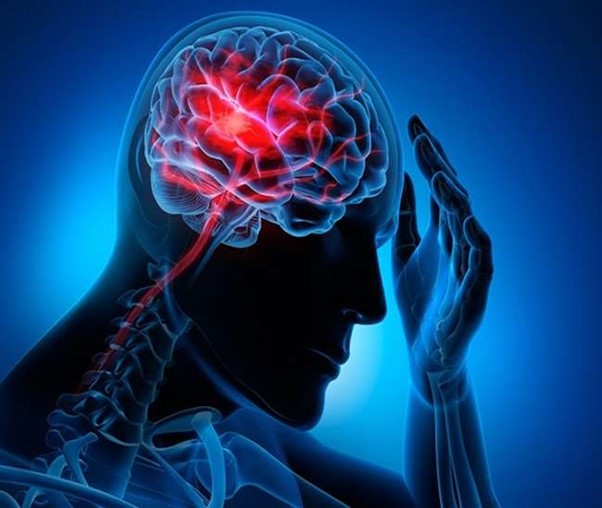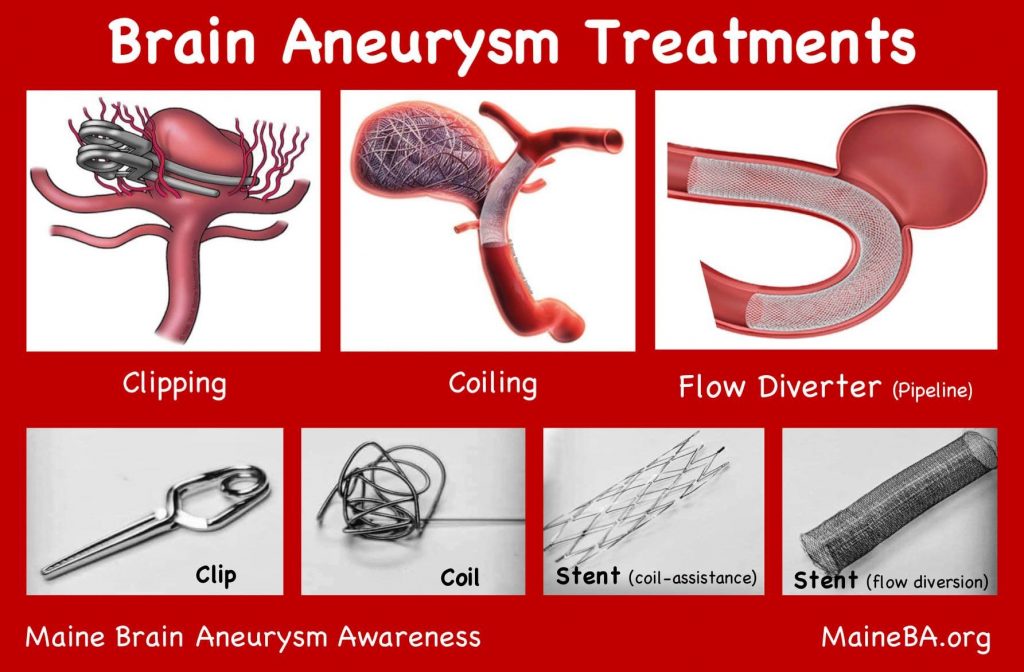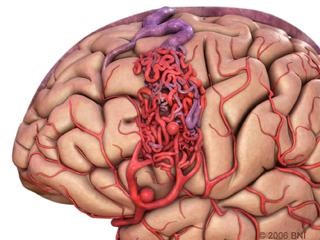These are non-surgical minimally invasive treatment for the vascular conditions of brain. Interventional radiologist utilizes various advanced guiding sheath, micro wire, microcatheter, aspiration catheter, coils and various novel devices to treat vascular abnormalities in brain and spine.

The more commonly performed interventions are

Brain aneurysm coil embolization
Brain Aneurysm एन्यूरिज्म एक रक्त वाहिका के कमजोर हिस्से का एक आउटपाउचिंग या गुब्बारा है। एन्यूरिज्म शरीर के किसी भी हिस्से में हो सकता है जहां कमजोर पोत होता है। ब्रेन एन्यूरिज्म, जिसे इंट्राक्रैनियल एन्यूरिज्म भी कहा जाता है, सबसे अधिक जीवन के लिए खतरा है क्योंकि यदि अनुपचारित छोड़ दिया जाता है तो फट सकता है और मस्तिष्क में रक्तस्राव रक्तस्रावी स्ट्रोक का कारण बनता है।

आयु, जोखिम कारक, आकार और एन्यूरिज्म के स्थान और आपके सामान्य स्वास्थ्य के आधार पर, आपका चिकित्सक विभिन्न उपचार विकल्पों पर चर्चा कर सकता है, जिनमें से एक कॉइल एम्बोलिज़ेशन है। कॉइल एम्बोलिज़ेशन एक न्यूनतम इनवेसिव प्रक्रिया है जिसमें एंडोवास्कुलर रेडियोलाजिस्ट आपके जांघ में एक रक्त वाहिका के माध्यम से एक छोटी ट्यूब रखता है और इसे मस्तिष्क के उस पोत तक ले जाता है जहां से एन्यूरिज्म उत्पन्न हो रहा है। इस ट्यूब के माध्यम से, डॉक्टर एन्यूरिज्म के भीतर छोटे नरम धातु के तार लगाएगा। यह एन्यूरिज्म को बंद कर देता है और रक्तस्राव के जोखिम को कम करता है।

Brain and spinal Arteriovenous malformation (AVM) embolization
Brain AVM एवीएम की फीडिंग आर्टरी रक्त को मस्तिष्क के सामान्य ऊतकों से दूर ले जाती है, जिसके कारण सिरदर्द, दौरे, कमजोरी या सुन्नता, बोलने में कठिनाई, भ्रम, दृष्टि हानि शामिल हो सकते हैं। चरम मामलों में, एवीएम बनाने वाली रक्त वाहिका रक्त प्रवाह के उच्च दबाव से फट सकती है जिससे मस्तिष्क में रक्तस्राव हो सकता है ।



Mechanical thrombectomy for life- threatening cerebral venous thrombosis
Cerebral venous thrombosis (CVT) refers to occlusion of venous channels in the cranial cavity, including dural venous thrombosis, cortical vein thrombosis and deep cerebral vein thrombosis. They often co-exist and the clinical presentation among them is very similar and non-specific.
Interventional neuroradiologists can perform catheter-directed thrombectomy and thrombolysis by using targeted thrombolytics in the affected sinuses.

